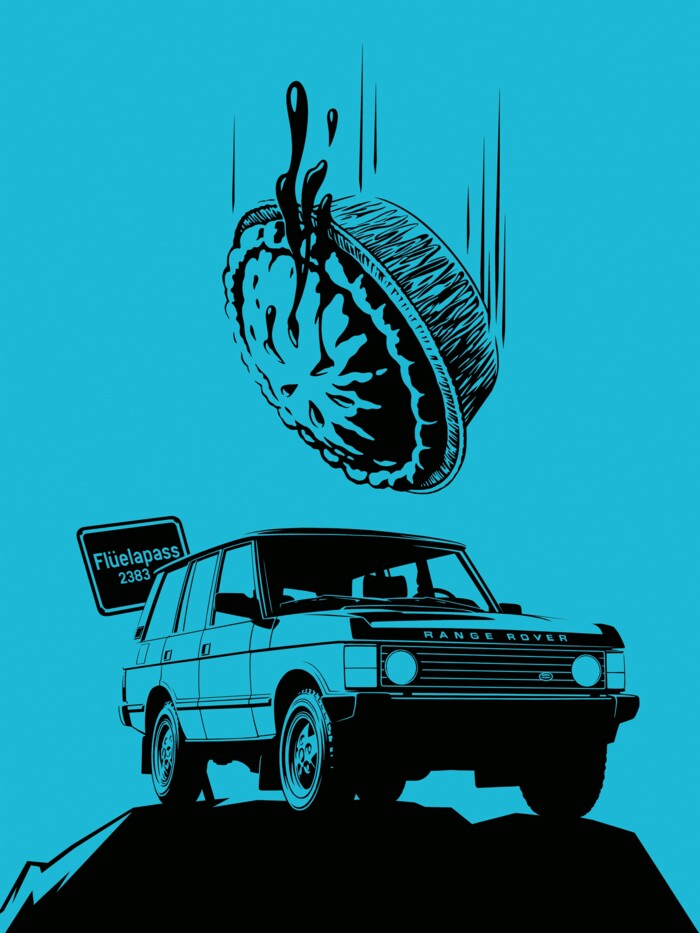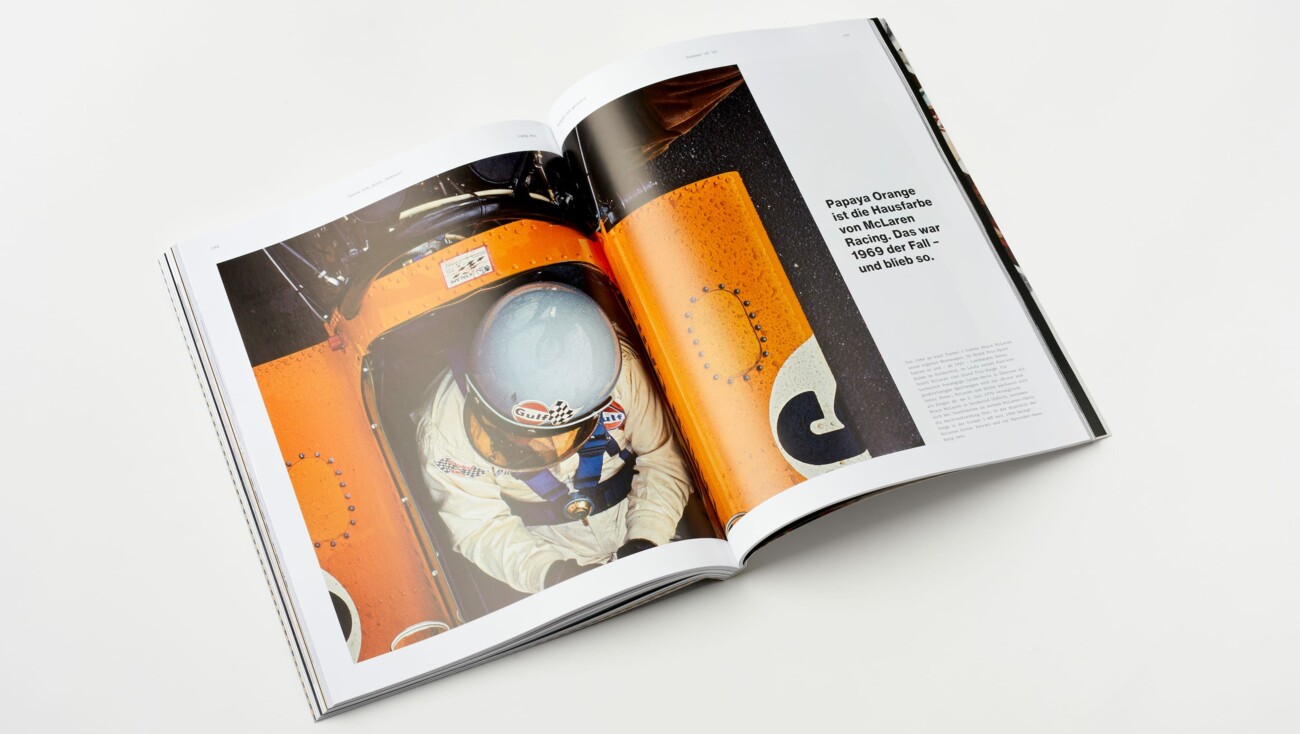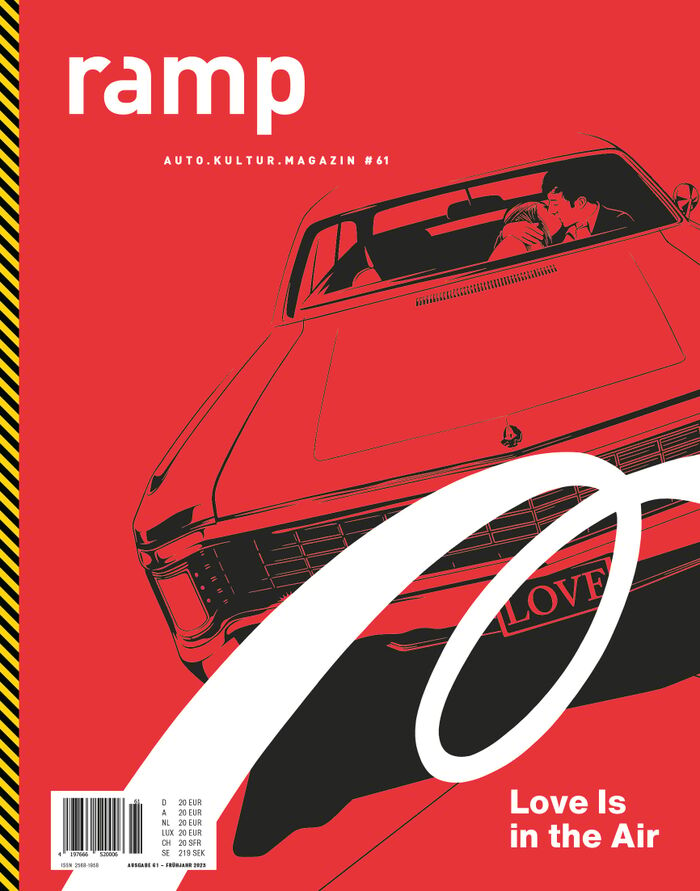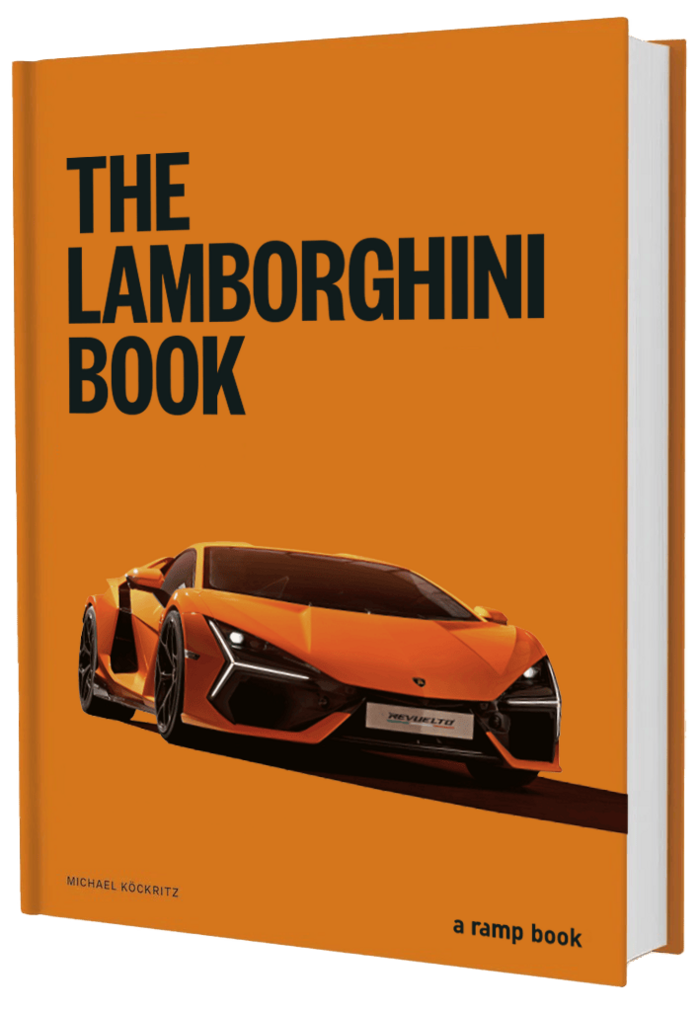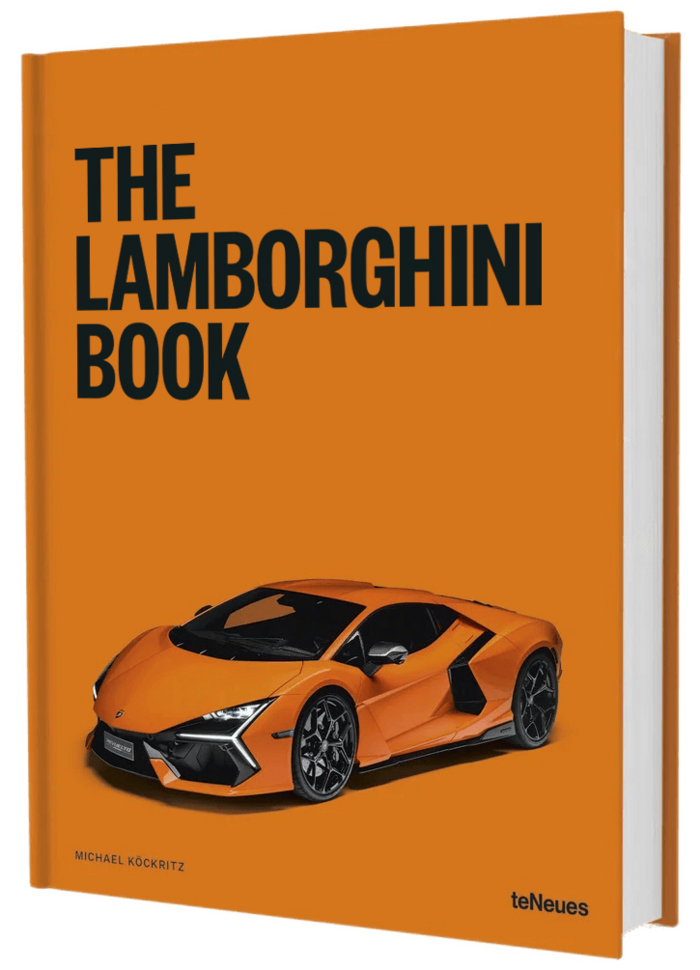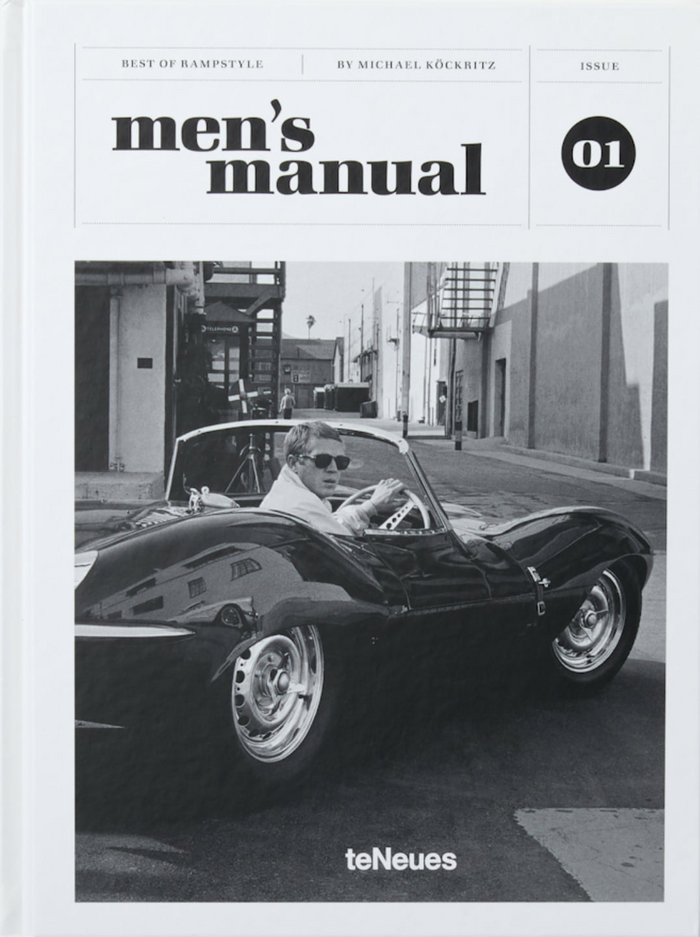“Tomorrow Is Yesterday” was the title of an episode of the television series Star Trek, and although it was the nineteenth episode overall, it was the first to flicker into German living rooms fifty years ago this May. The story revolved around timelines and time travel. It made us think about our own position in the space-time continuum – and in general where we stand in our lives. On the one hand, we humans tend to define ourselves by how we deal with time. On the other hand, we’re always in a hurry to get somewhere. Because things could be – have just got to be – different there. Better. Road movies thrive on this aspect of hope, as does our joyful enthusiasm for electrifying innovations. In this way, the future becomes an idealized place to be desired. Innovations, beam us up! There are just two thoughts you should take away from all this: First, everything could indeed be better tomorrow. But the here and now also offers several good options for happiness. Like an intense, mindfully lived moment. Second, looking at what has shaped us shapes us. The future needs a past, as philosopher Odo Marquard once so ingeniously remarked. “The past that shapes us is always there whenever we celebrate a present moment or concern ourselves with our future,” he writes. An appreciation for the value of tradition reinforces our ability to embrace the future. To connect with it in the best possible way. Never start at the beginning.
So stop what you’re doing, have a look around, and take a deep breath in. So you’re ready for what is to come.



